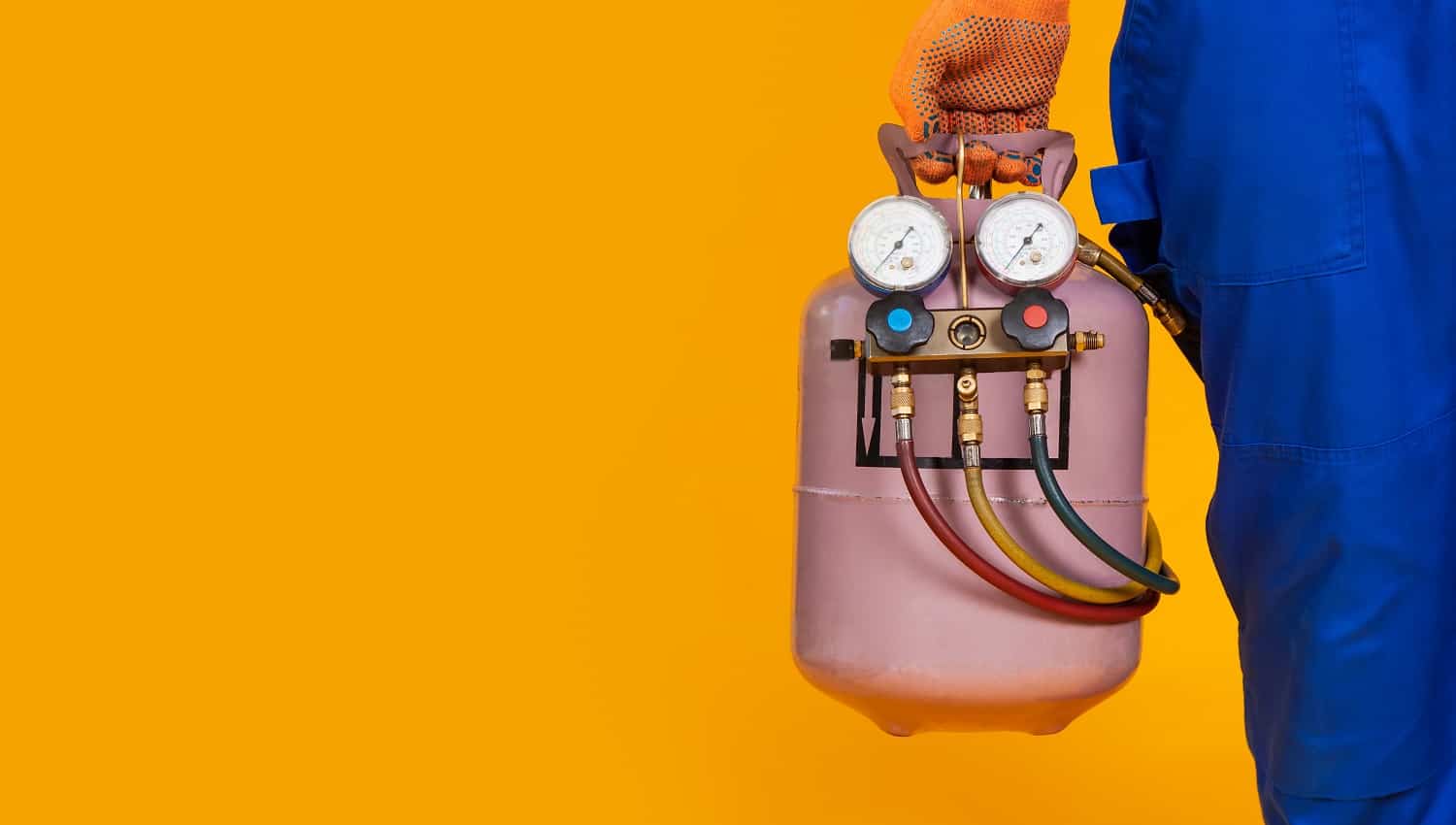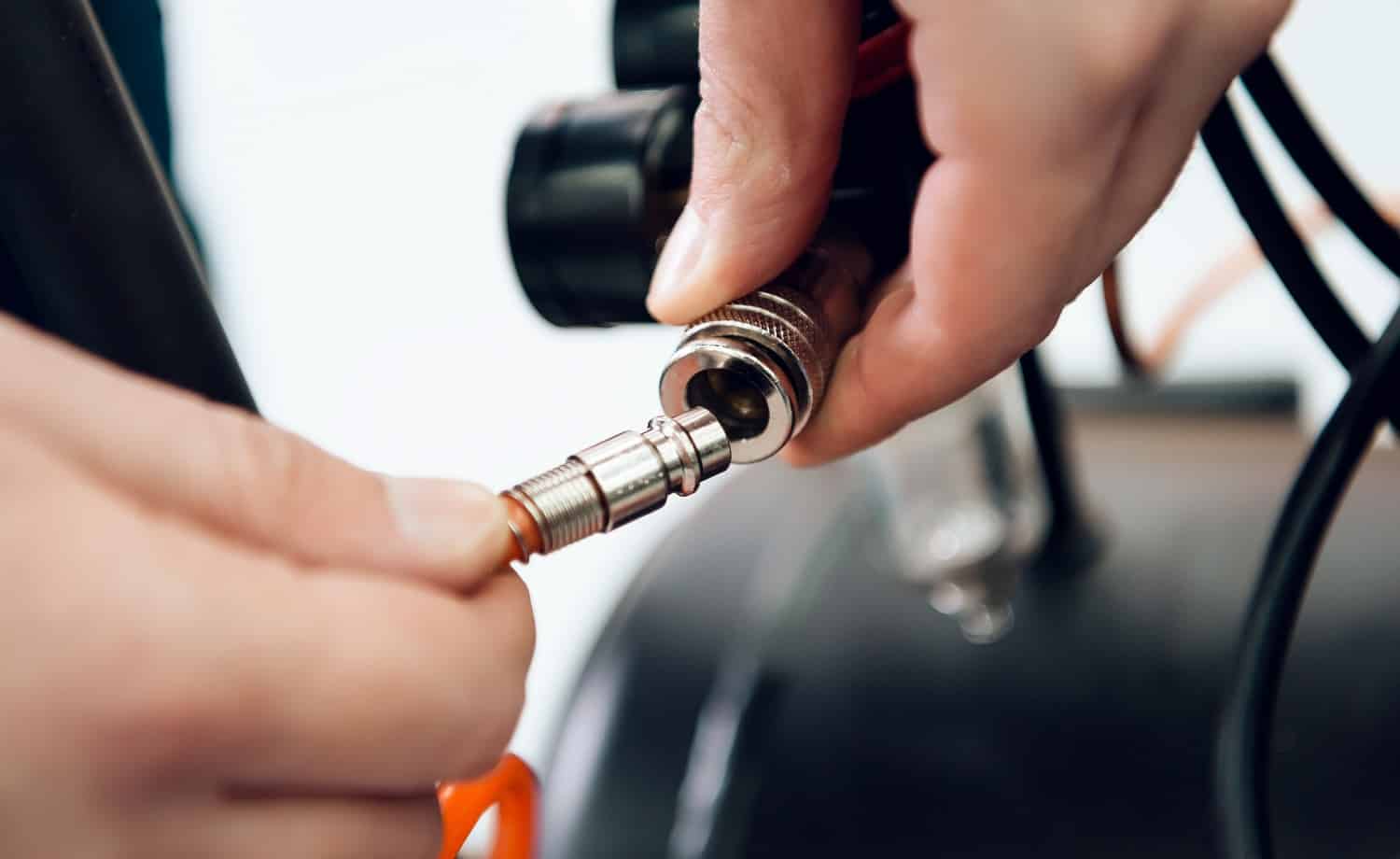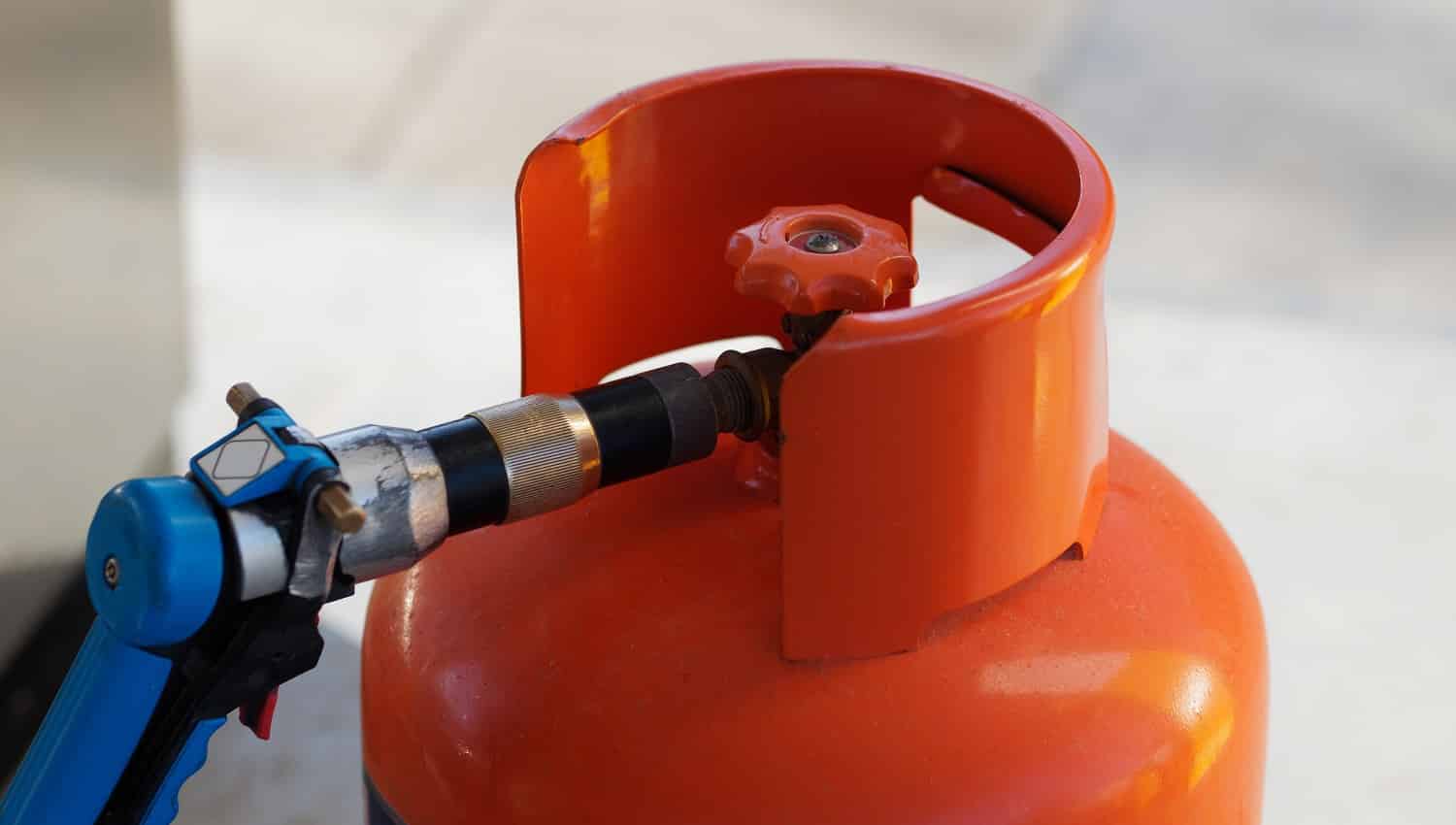Having an air compressor at your disposal means that a remarkable number of tasks is taken care of. One of them is refilling the Co2 tank.

However, it is nowhere near as difficult as it sounds! Refilling the tank using traditional means is not only inconvenient, but also time-consuming and expensive. The costs add up and in the end, you are left looking for better alternatives.
That’s where the air compressor comes in. Not only does it save you a ton of money and time, but this incredibly versatile piece of equipment also streamlines the process of topping up the Co2 tank to a considerable extent. And the best part? You never have to worry about your tank running out of air.
Not many are aware of this use of a compressor and labor under incorrect assumptions about the difficulty of the process. That is why, we have for you here a step-by-step guide on how to refill your Co2 with the help of an air compressor.
Let’s get started!
First Things First

Before jumping right into it, there are a few things to ensure so that the process goes smoothly and is successful.
One is to make sure that your compressed air fitting is the correct one and attaches well to the air compressor hose. To do this, attach one end of the Co2 fitting to the hose and the other end to the Co2 tank. Both attachments must be highly secure. To remove any air left in the tank, unscrew the bleed-off valve situated at the top of the air fitting.
Following these steps afford you greater control and accuracy at the time of the primary operation. Voiding the tank of the remaining air means more space for fresh air from the compressor to be filled in, and closing the bleed-off valve before the compressor is turned on is essential for keeping the air in after the refill.
Using the Compressor
The size of your Co2 tank is an important factor in the refilling process. Measure the dimensions and double them; this number is the length of time for which the compressor needs to run in order to fill the tank. For instance, a tank of 14 ounces would need 28 seconds worth of air from the compressor. A stopwatch, timer, or a clock with a seconds-hand may be used to accurately keep the time.
Start counting the seconds from the very moment you switch on the compressor. This is the most crucial step and you must leave absolutely no room for error. If time is not measured to the T, and the tank is filled inaccurately or overfilled, there are high chances of significant damage to the tank, the compressor, and most importantly, to you.
Co2 is dangerous and it is imperative that we take all the necessary precautions.
After Filling
Turn off the compressor as soon as the stipulated number of seconds is over. Doing this is easy but requires attention. Open the valve for just a bit, a couple of seconds should do it so that the lines are cleared out.
In addition to that, this also gets rid of obstructions and ensures that excess build-up is avoided. Once this is done, it is safe to dislodge the compressor hose from the tank by unscrewing the two.
That’s it, the job is done! You’ve not only filled your Co2 tank accurately and well, but also saved yourself a huge, unnecessary expense. Not to mention the time you saved! Here on, refilling the tank will only get easier once you have the right kit in place.
Also, by extension, you will be free to use the gas more frequently in comparison as there are fewer chances of it running out. A task that was once burdensome in every way is now easy as 1 2 3!
Acquiring an Air Compressor
The number of individuals who own a compressor for personal use is higher than you’d think! This is why it is useful to ask around for one if you don’t have a compressor of your own but would like to try it out in order to fill your Co2 tank.
While air compressors are not the first item on the list when it comes to buying household goods or appliances, they are in regular use in a number of schools, workplaces, and households. But it is equally true that a good fraction of them do not have much use for an air compressor and would not hesitate to lend it out to someone who does. So, take a look around before shelling out those hard-earned dollars!
The key things that you have to ensure in the process are the right fittings for the right tank, accurate timing, and focus. Once the safety precautions are in place, you are well on your way to refill your Co2 tank with the help of an air compressor all by yourself. But take the utmost care. We don’t want accidents in the house, do we?

Safety Precautions
We know we have mentioned this time and again, but you can never really be cautious enough while handling electricity and gases together. So here’s the round-up to ensure you emerge alive and well, and with a full tank of Co2!
- Handle the Co2 tank with extreme care to avoid falls and spillage
- Punctures can be fatal; make sure there are none before the start of the operation
- Never operate any equipment under the influence of drugs or alcohol
- Co2 is highly combustible. Remove all flammable material from the area of operation to prevent fires and explosions.
Now that you have every information you need at your disposal, go bring out that air compressor and fill your Co2 tank to the brim.
Cheers!
